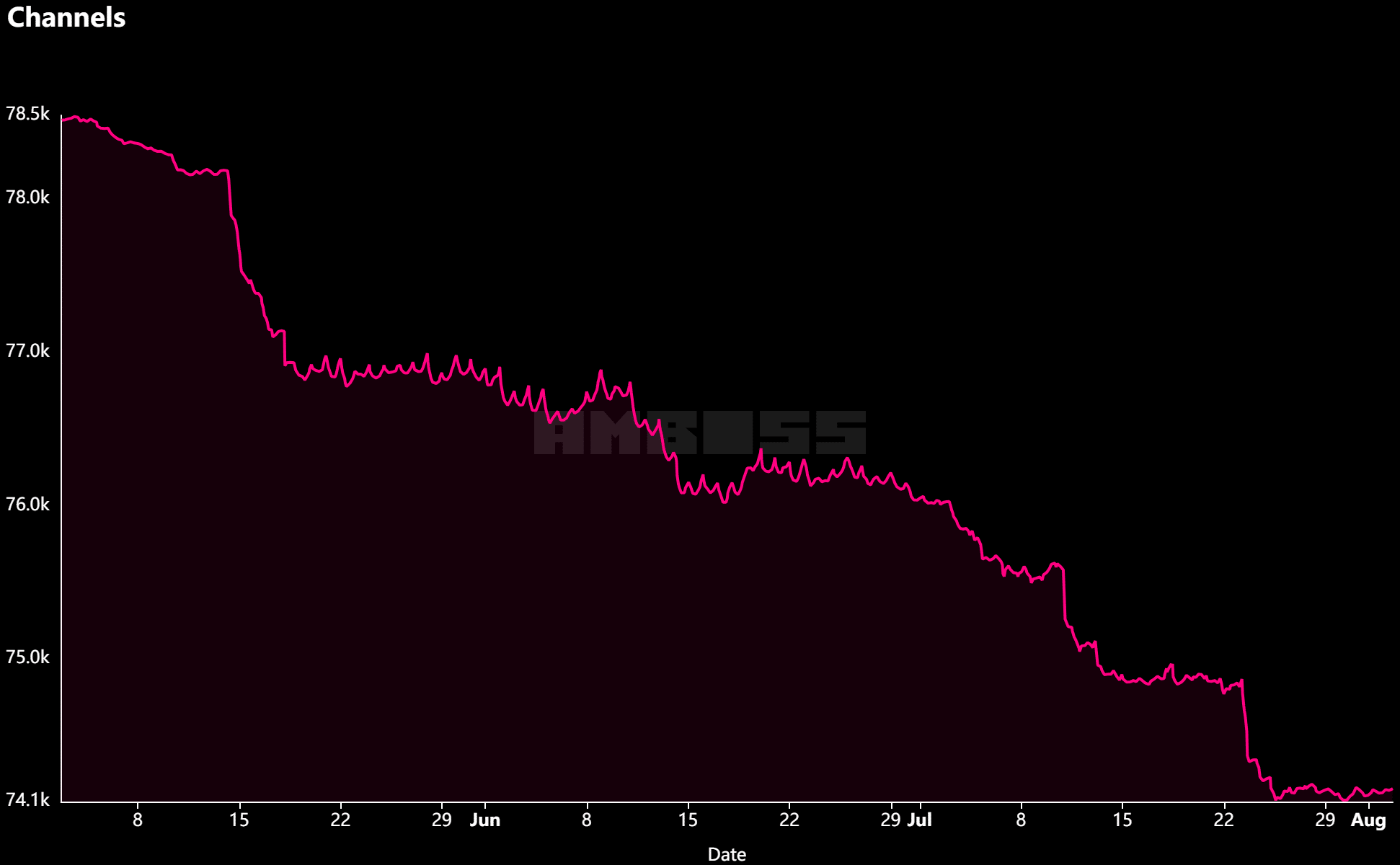- Coinbase CEO Brian Armstrong recently confirmed plans to integrate Bitcoin’s Lightning Network into the exchange.
- Bitcoin’s network payments will become more popular if other exchanges become more compatible with the Lightning Network. Most exchanges use other networks like Ethereum and Tron to facilitate transactions.
- The potential biggest attraction of the Lightning Network for Web3 projects is likely the complexity and difficulty of building on it.
Growth in the Bitcoin Lightning Network is happening slower compared to rival networks, but Coinbase’s move could increase growth on the network.
Coinbase is Getting Ready to Integrate Lightning
Coinbase CEO Brian Armstrong recently confirmed plans to integrate Bitcoin’s Lightning Network into the exchange. Layer-2 networks on Ethereum are quite popular and growing rapidly. However, Bitcoin’s Lightning Network has not received as much attention.
Armstrong confirmed the plans to integrate the Lightning Network into Coinbase in response to a question from former Twitter CEO Jack Dorsey. So why is this an important development for the Bitcoin community? Because Coinbase is one of the largest cryptocurrency exchanges in the world. Many cryptocurrency users, especially in the US, have been introduced to Bitcoin through Coinbase. However, the exchange has not yet implemented the Lightning Network for transactions.
Bitcoin’s network payments will become more popular if other exchanges become more compatible with the Lightning Network. Most exchanges use other networks like Ethereum and Tron to facilitate transactions. The Lightning Network achieves the same goal, but its adoption has been quite slow. Recently, we have seen an increase in adoption speed on multiple exchanges, including Binance.
Despite the increase in adoption, Bitcoin’s Lightning Network has not grown as fast as expected. In fact, the number of channels has been declining for the past three months. This reflects the slowdown in transaction activity prevailing in the market during the same period.
The fee rate of the network is also declining, as is usually the case in low-volume market conditions.
Why is Bitcoin’s Lightning Network growing at a slow pace?
As mentioned above, Bitcoin’s Lightning Network has had a slower adoption rate compared to Ethereum’s Layer-2 networks. One potential reason is the rapid growth of other rival networks in terms of projects that bring utility.
The potential biggest attraction of the Lightning Network for Web3 projects is likely the complexity and difficulty of building on it. Therefore, developers tend to build on other networks.
If Bitcoin manages to overcome this challenge mentioned above, it can benefit more from the Lightning Network. Meanwhile, the adoption of the Lightning Network by more exchanges can prepare Bitcoin for a stronger future in the payments segment.








